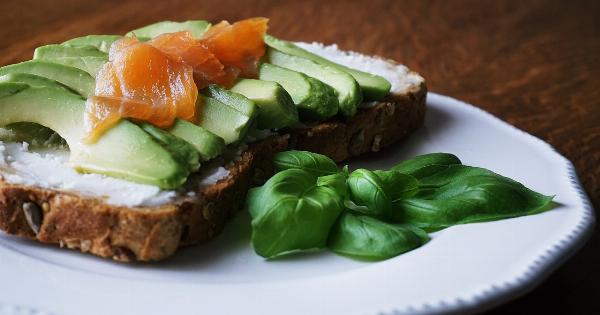Iron is an essential mineral that plays a vital role in the body. It is involved in various functions, including oxygen transport, energy production, and DNA synthesis.
Iron deficiency is one of the most common nutrient deficiencies worldwide, leading to anemia and other health problems. Incorporating iron-rich foods into your diet is crucial to maintaining optimal iron levels. In this article, we will discuss the top five best sources of iron.
1. Red Meat
Red meat, such as beef, lamb, and pork, is an excellent source of iron. It contains heme iron, which is more easily absorbed by the body compared to non-heme iron found in plant-based foods.
Just a 3-ounce serving of beef provides approximately 2.3 milligrams of iron, meeting around 13% of the recommended daily intake.
2. Shellfish
Shellfish, including clams, mussels, and oysters, are highly nutritious and packed with iron. They are also rich in other essential nutrients such as vitamin B12 and omega-3 fatty acids.
Oysters, in particular, are incredibly iron-dense, with six medium-sized oysters providing about 7.8 milligrams of iron, which is around 43% of the recommended daily intake.
3. Spinach
Popeye had the right idea when he boasted about the power of spinach. This leafy green vegetable is not only rich in iron but also contains various vitamins, minerals, and antioxidants.
Spinach is an excellent choice for vegetarians and vegans who need to meet their iron requirements. A 3.5-ounce serving of cooked spinach provides about 2.7 milligrams of iron.
4. Legumes
Legumes, such as lentils, chickpeas, and beans, are a fantastic plant-based source of iron. They are also high in fiber and protein, making them a healthy addition to your diet.
One cup of cooked lentils provides approximately 6.6 milligrams of iron, meeting around 37% of the recommended daily intake.
5. Dark Chocolate
Yes, you read it right! Dark chocolate is not only a delicious treat but also a surprising source of iron. One ounce of dark chocolate with 70-85% cocoa contains about 3.3 milligrams of iron.
However, it is important to consume dark chocolate in moderation as it is high in calories and sugar.
Tips for Increasing Iron Absorption
While incorporating iron-rich foods into your diet is essential, it is equally important to ensure optimal iron absorption. Here are some tips to enhance iron absorption:.
1. Pair Iron-Rich Foods with Vitamin C
Vitamin C enhances the absorption of non-heme iron. Therefore, consider consuming iron-rich foods alongside a source of vitamin C. For example, squeeze lemon juice over your spinach salad or enjoy a glass of orange juice with your lentil dish.
2. Avoid Consuming Iron Blockers
Some substances can impair iron absorption. Avoid consuming calcium-rich foods, coffee, and tea alongside iron-rich meals, as these can hinder iron absorption.
It is advisable to wait at least one to two hours before consuming calcium or caffeinated beverages after an iron-rich meal.
3. Cook Food in Cast Iron Cookware
Cooking acidic foods, such as tomato sauce or chili, in cast iron cookware can increase their iron content. The iron from the cookware leaches into the food during cooking, boosting your iron intake.
4. Avoid Consuming Iron and Calcium-Rich Foods Together
Calcium can inhibit the absorption of both heme and non-heme iron. It is advisable to avoid consuming calcium-rich foods, like dairy products, at the same time as iron-rich foods. Instead, space out your intake to optimize iron absorption.
Conclusion
Incorporating iron-rich foods into your diet is essential for maintaining optimal iron levels and preventing iron deficiency. Red meat, shellfish, spinach, legumes, and even dark chocolate are excellent sources of iron.
Remember to implement strategies that enhance iron absorption, such as pairing iron-rich foods with sources of vitamin C and avoiding iron blockers. By prioritizing iron-rich foods and following these tips, you can ensure your body receives a sufficient amount of this vital mineral.































